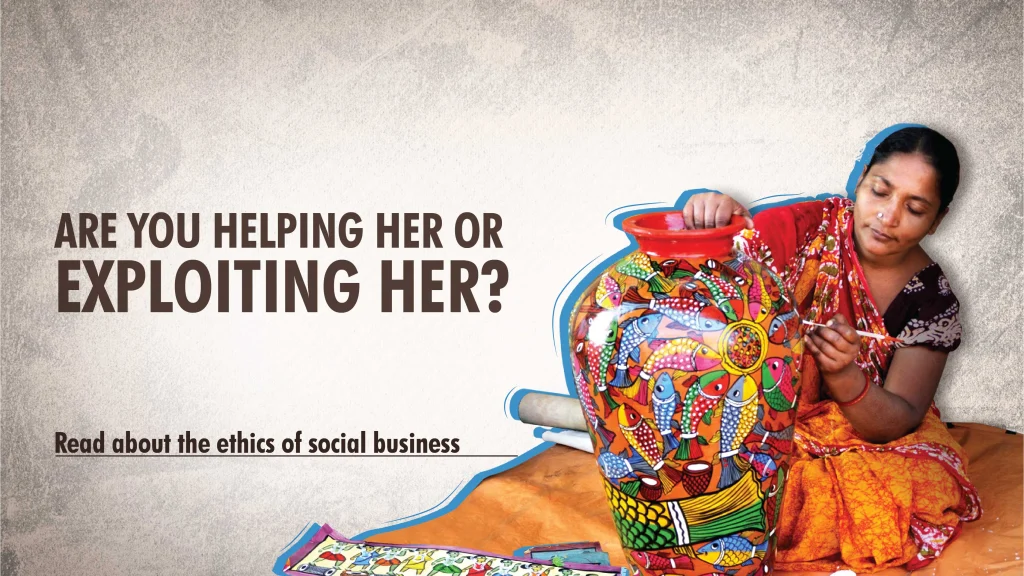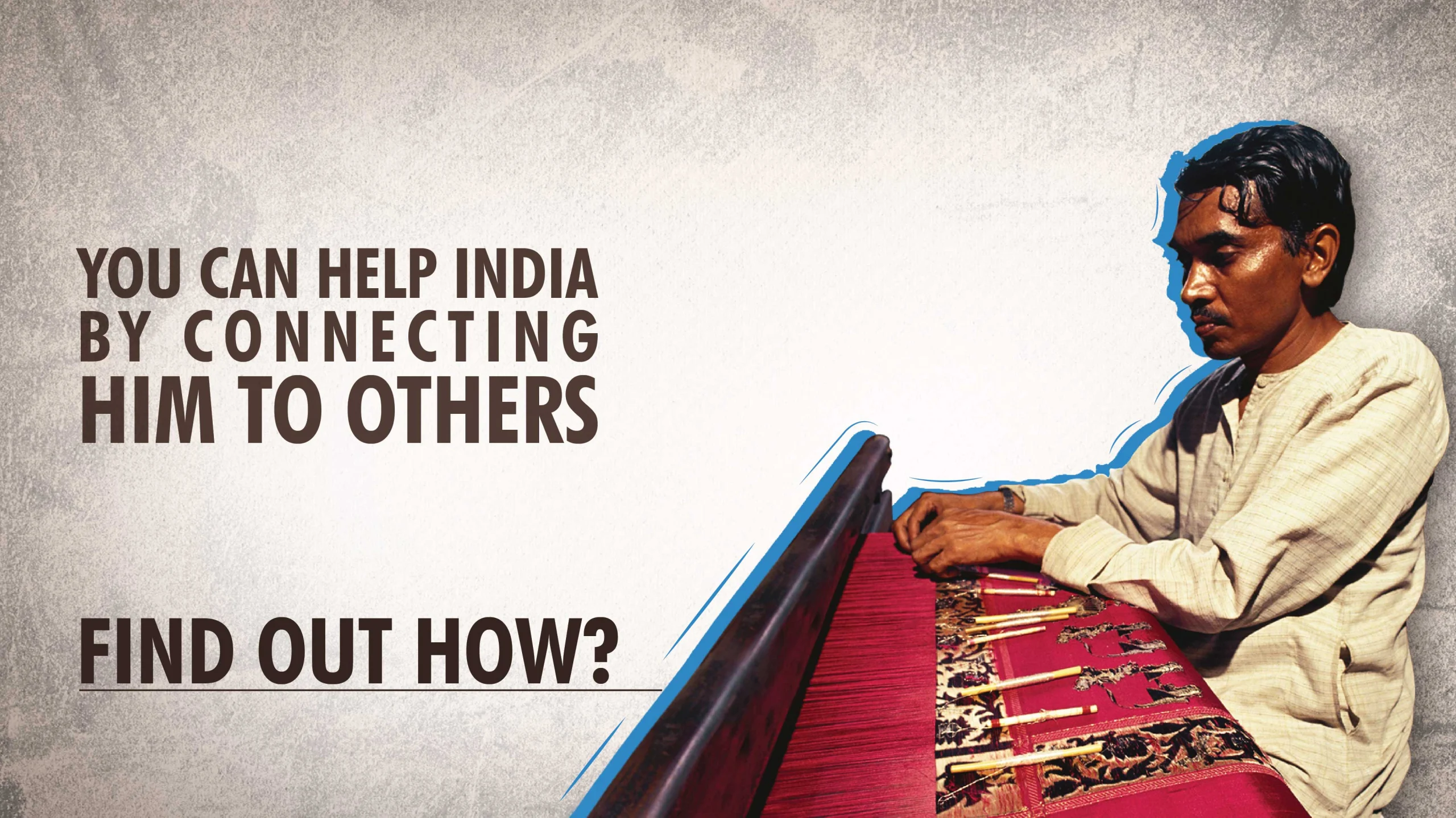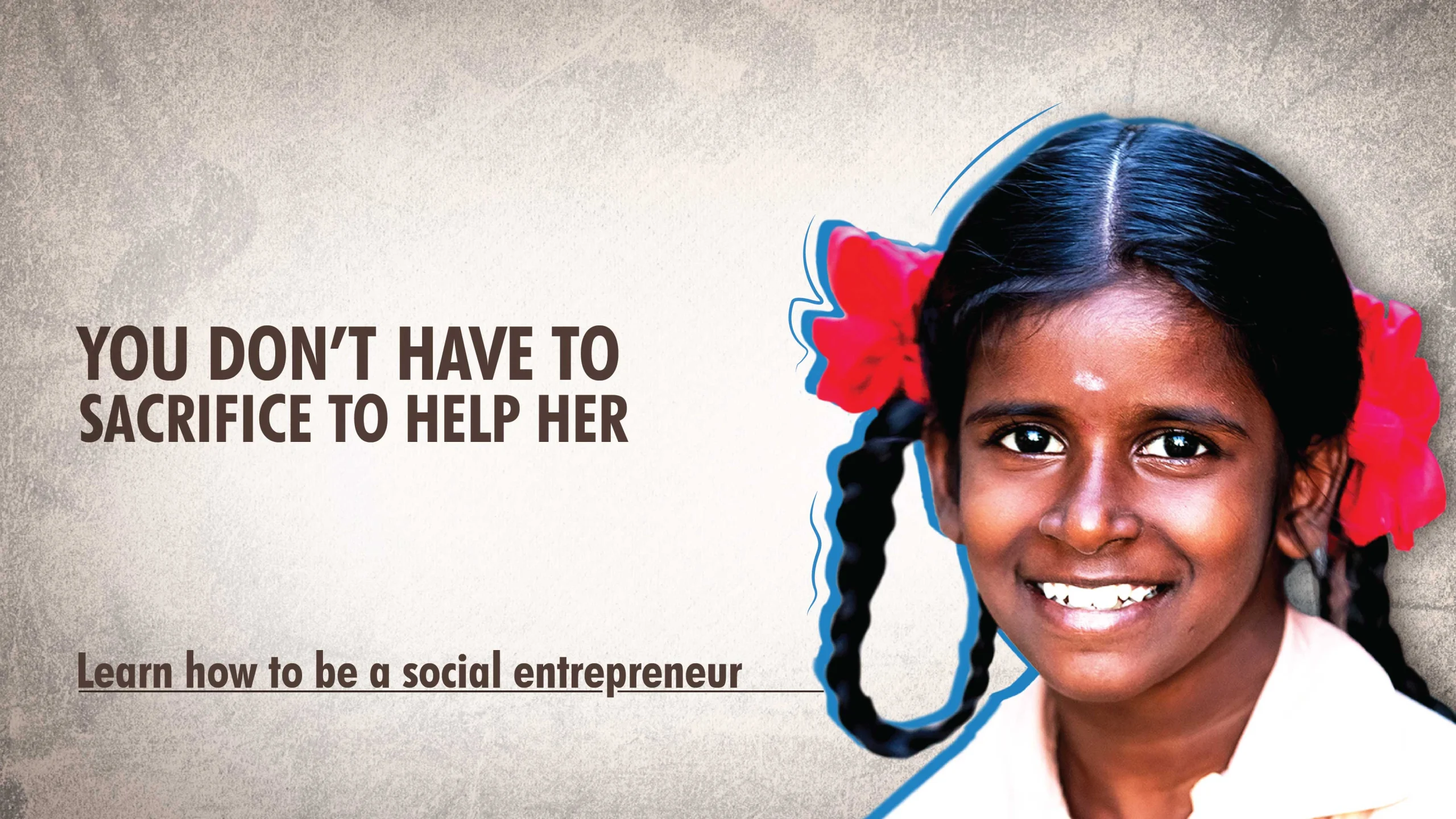How much money is too much?

Is it acceptable to make money while we help others? Many people have faced this dilemma. In India, this problem is particularly acute because of our cultural traditions. Indian society has always placed great value on sacrifice. Those who have given up worldly needs are credited with immense spiritual and moral power. One of the key reasons for the high regard in which Mahatma Gandhi was held is the fact that he possessed nothing.
Thanks to this, in India, the ‘jholawala’ NGO model has become prevalent. Their efforts and dedication deserve our respect, but as a result, many young people stay away from the sector, unable to accept a life of complete sacrifice. Social Entrepreneurship, by its very nature, provides an answer. Definitions of social entrepreneurship vary, but regarding remuneration, most models are clear. As in any other business, in the social field, individuals need to be adequately rewarded to perform.
There are many large social organisations now, which pay moderately good salaries and help enhance your career like ‘Gram Tarang’ which is committed towards providing the youth with high quality vocational education. You can earn a reasonable living in such an organisation, and It will provide a viable career path. After sufficient experience has been acquired, consultancy also becomes an option.
Up to this point, there is not much of a dilemma. When we enter the realm of intermediaries and businesses, things become more complex. Intermediaries connect many individual producers to the market. Amul and Fabindia, although very different, are part of this space. They compete with multinationals. For example, Amul competes with Nestle. Salaries in this sector are higher than in community focused NGOs. Hence, if you wish to serve society, and live comfortably, such organisations are an option.
What if you want to start an intermediary business of your own? As such entities become more successful, the revenues generated can be quite large. Most urban malls contain a Fabindia. Are they still a truly social enterprise? The answer lies in the sharing of profits. As a rule of thumb, if the bulk of this profit goes to the individual producers, there is no reason for any moral dilemma.
There are also hybrid models. Some companies cross subsidise. They sell to the rich and give to the poor. US show manufacturer TOMs sells expensive shoes to upmarket young people and donates shoes to underprivileged school children. Other companies donate a portion of their profits to charity, and use this fact to drive business. At which point does this cease to be social service and becomes exploitation? Some people would argue that so long as they giving support to others on a regular basis, there is no ethical dilemma. Others take a more rigid view. How much can a social enterprise profit in such cases? There is no yardstick or rule. In case you plan to do something like this, you may find yourself facing this question. The answer, as with so many other things, lies in your heart.
This article is part of the series ‘Social Entrepreneurship: The Basic’. In other articles we look at look different types of social enterprises and how to raise funds for it, how to start a new one, how India’s youth is embracing them, with inspirational and informative case studies.
















